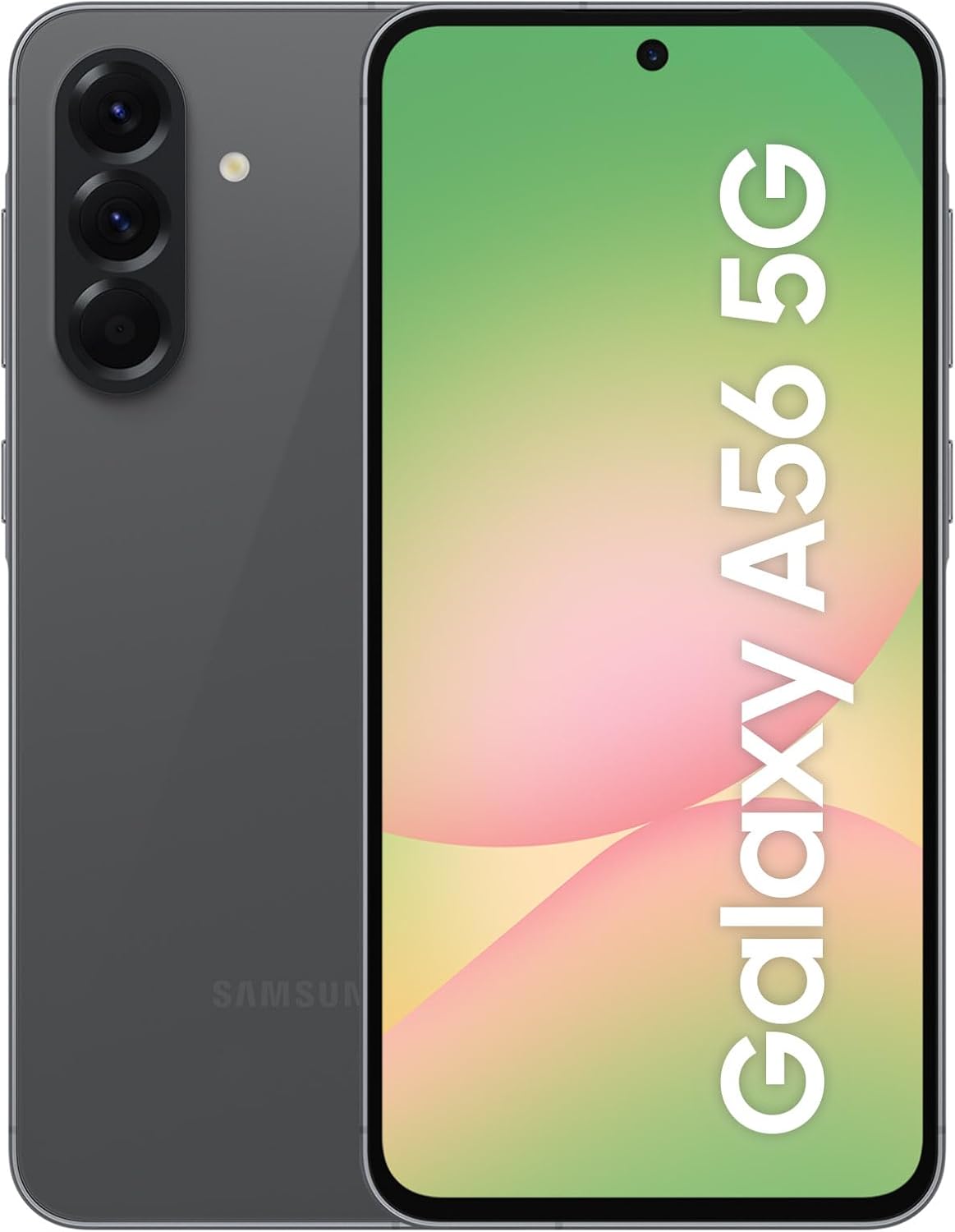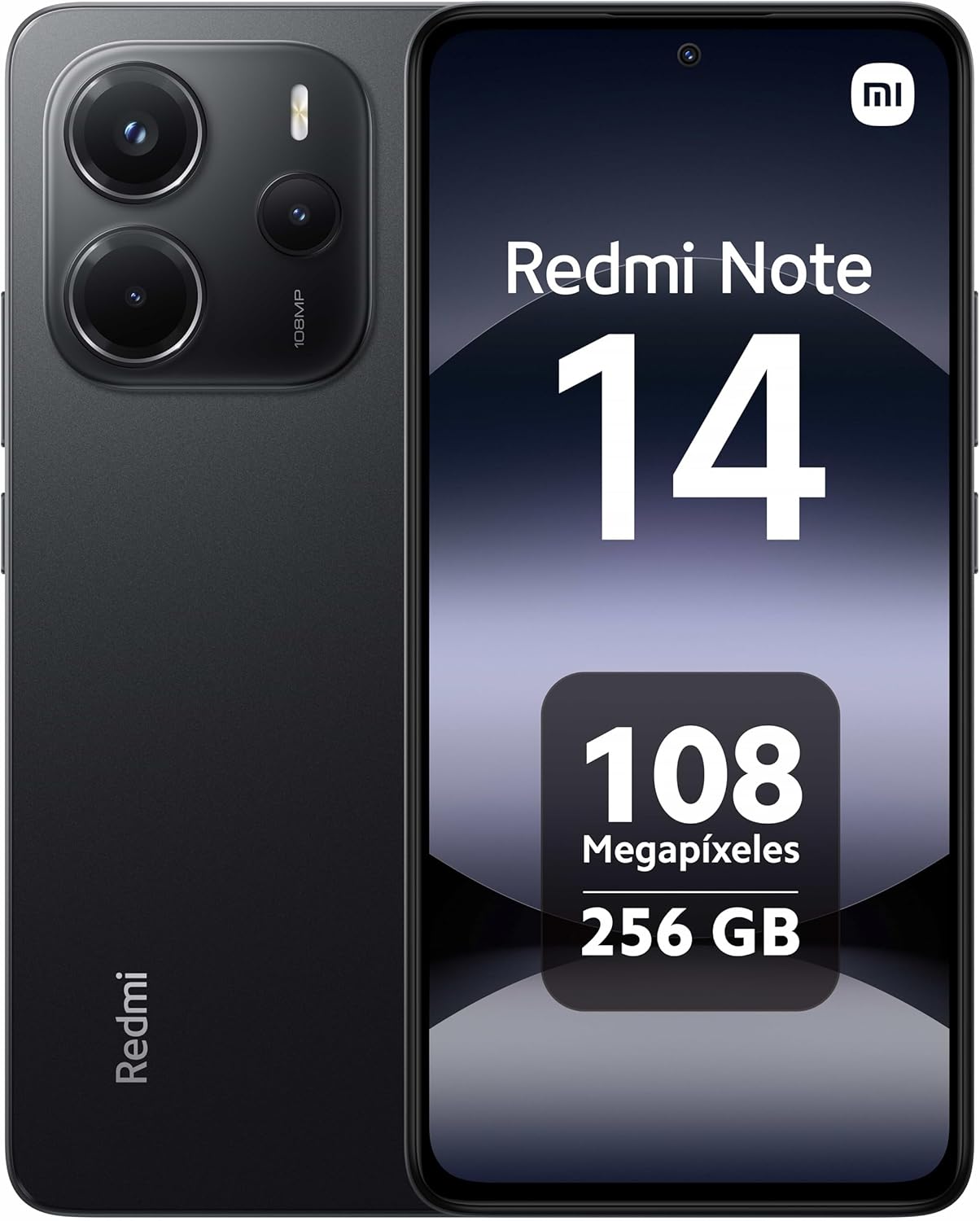You know that moment when you think, “I just want a phone that works, looks good, and doesn’t choke when I open five apps”? That’s exactly where the Samsung Galaxy A56 5G and the Redmi Note 14 5G come into play. These are not flagship killers—they’re the phones for people who want everything without paying flagship prices. And somehow, they both promise just that: AMOLED screens, 5G, fast charging, decent cameras, and processors that won’t lag in 2025.
But then the details start creeping in. That difference in brightness. The camera sensor size. Whether or not you can pop in a microSD card. All these things matter, and suddenly, choosing one isn’t so straightforward. We’ve been hands-on with both and let’s just say—we’ve got thoughts.
Display quality and brightness: same canvas, different paint
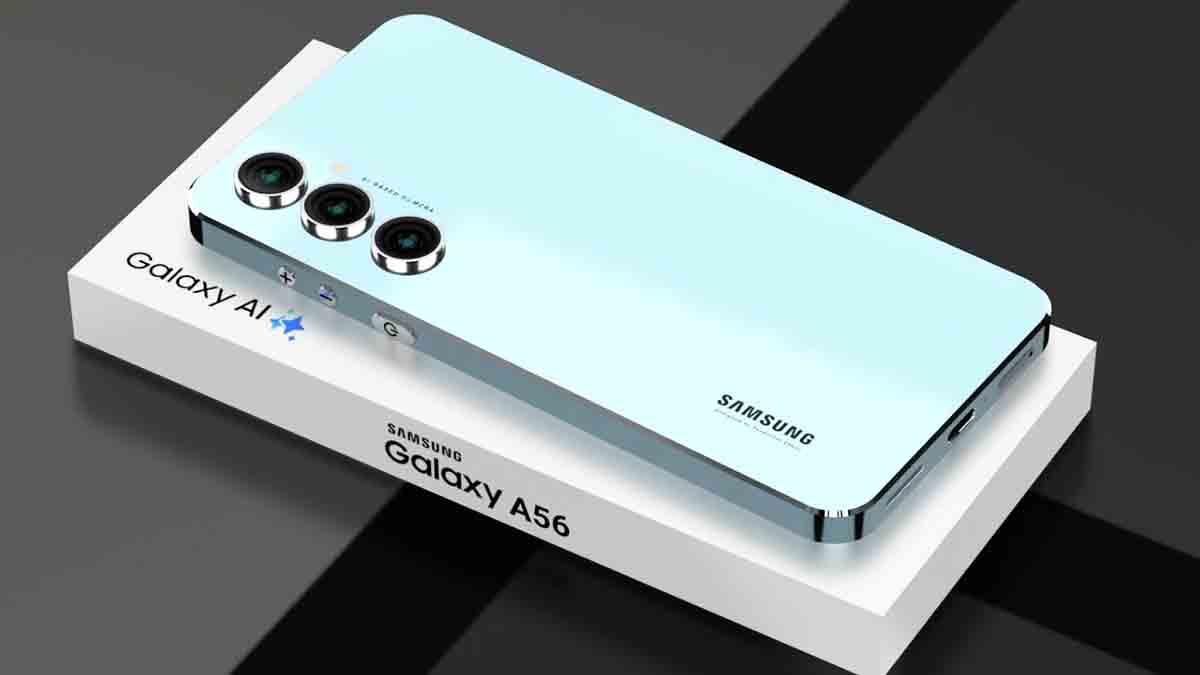
At a glance, both phones flaunt that same 6.7-inch AMOLED charm, ready to pull you into any Netflix binge or TikTok spiral. The Galaxy A56 flexes its Super AMOLED panel, while the Redmi Note 14 sticks with just AMOLED—but don’t let the branding fool you. Both panels look sharp, with the Redmi slightly ahead in resolution at 2400 x 1080 pixels versus Samsung’s 2340 x 1080. Not a game-changer, but yes, it’s technically crisper.
Brightness, though? That’s where you start to feel the difference. The Redmi hits a peak of 2100 nits, which is wild for this segment. Samsung doesn’t fall far behind at 1900 nits, but in direct sunlight—especially on a beach or snowy slope—Redmi just punches through that glare better.
The 120Hz refresh rate is buttery smooth on both. Scrolling through social feeds, switching apps, watching videos—it all feels responsive. Samsung brings HDR support to the table, which helps in darker scenes, and both phones come armored with Gorilla Glass: Victus+ on Samsung and Gorilla Glass 5 on Redmi. That makes both fairly resistant to drops and pocket chaos.
Performance and day-to-day speed: Exynos keeps it snappy
Let’s be honest—chipsets in this range can be hit or miss. But this time, Samsung’s Exynos 1580 actually delivers. Built on a 6nm process and topped with a peak clock of 2.9GHz, it offers a smooth ride even when juggling multiple apps. The integrated Xclipse 540 GPU handles most mobile games without stutters.
Redmi, on the other hand, rocks the MediaTek Dimensity 7025 Ultra, also built on 6nm tech, but with performance cores maxing at 2.5GHz. It’s solid—no question—but in synthetic tests and heavier tasks like editing RAW photos or gaming at high settings, Samsung’s chip pulls slightly ahead.
Memory configurations also give the A56 a leg up. Samsung ships with 8GB of LPDDR4 RAM, while Redmi sticks to 6GB. That doesn’t mean Redmi struggles, but when multitasking ramps up—think maps + music + browser + camera—Samsung holds its ground better.
Storage speed and expandability: one wins both ways
Here’s where the small things make a big difference. Both phones start at 128GB, which is decent these days. But only one of them is running on UFS 3.1—Samsung’s Galaxy A56. Redmi makes do with UFS 2.2, which is still fast, but you feel the gap in load times, app switching, and especially when moving large video files.
Oh—and remember when you could just slap in a microSD card? Samsung still lets you do that. The A56 includes a microSDXC slot, while Redmi skips it entirely. Cloud storage is fine, but if you’re shooting a lot of video or hoarding offline music and shows, having expandable storage is just easier.
Battery and charging: similar specs, subtle wins
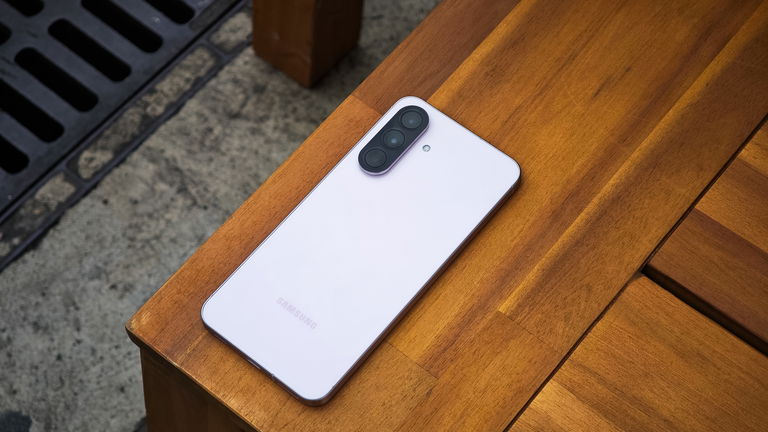
Let’s talk battery. Redmi’s Note 14 packs a 5110 mAh battery, while Samsung goes with a 5000 mAh unit. Not much of a difference, but in looped browsing and gaming sessions, Redmi tends to squeeze out 30–40 minutes more—a small win in real life when you’re pushing your phone all day.
Both support 45W wired charging, and both recharge from 0 to 100% in under an hour if you’ve got the right charger. Neither includes a charger in the box—of course—but fast charging parity means no headaches here.
If you’re wondering about longevity: both use sealed Li-ion batteries, and USB-C 2.0 with OTG support. Plug in a keyboard, a flash drive, or whatever else you fancy—they’ll play along.
Cameras: sharpness vs stability
Now this is where the showdown gets juicy. Redmi Note 14 goes all in on megapixels—its main camera packs a 108 MP sensor, paired with an 8 MP ultra-wide and a basic 2 MP macro shooter. Selfies come via a 20 MP front-facing lens.
Samsung, meanwhile, keeps things balanced. A 50 MP main shooter with OIS and PDAF, 12 MP ultra-wide, and a 5 MP macro. But what tips the scale? Video capability. The Galaxy A56 records in 4K on both front and back, while Redmi tops out at 1080p on the front and lacks optical stabilization altogether.
If you’re shooting video regularly, or want smoother footage on the go, Samsung is hands-down the better tool. Still photography is a toss-up—Redmi’s high-res sensor captures stunning detail in good light, but Samsung’s OIS helps when lighting dips or movement creeps in.
Build quality and protection: glass vs plastic
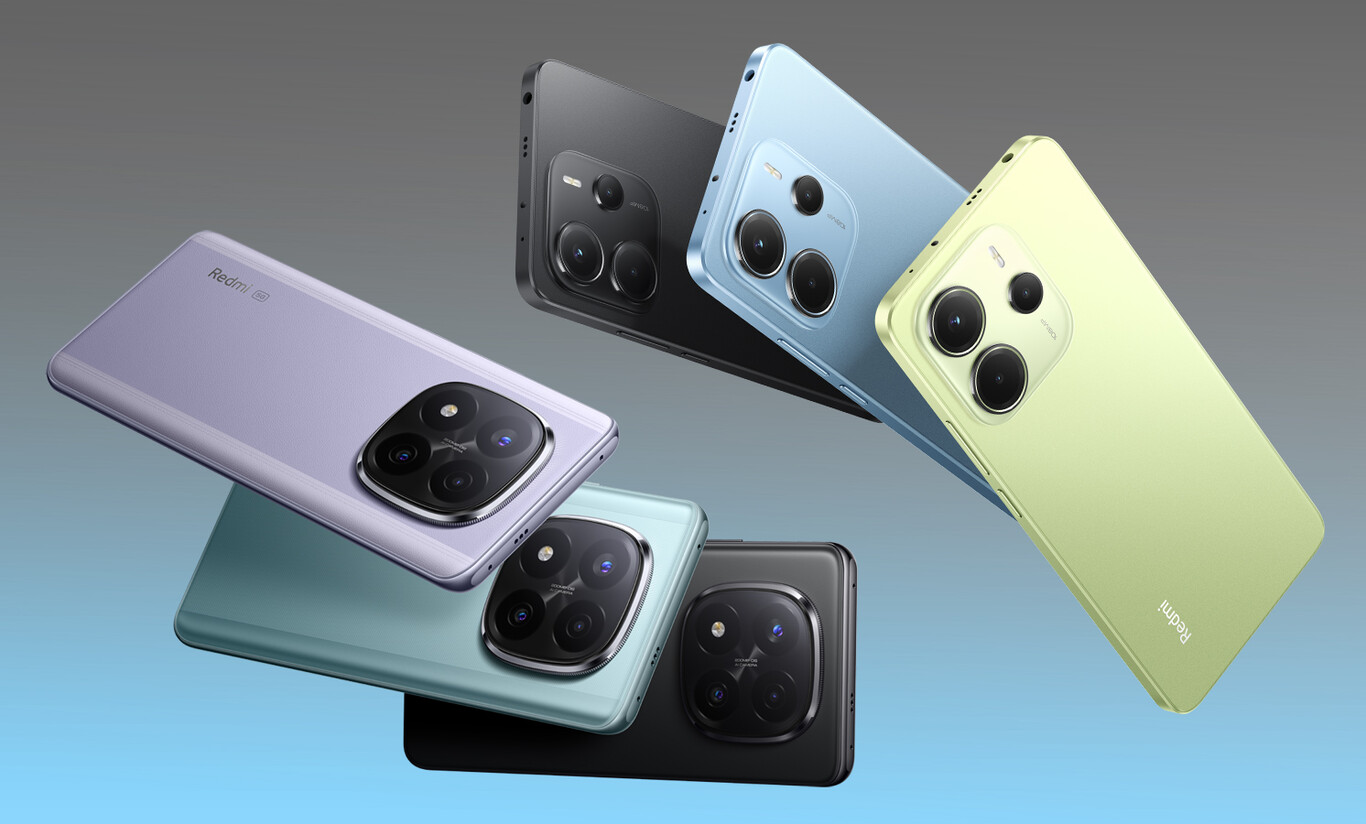
Design is subjective—but materials aren’t. The Galaxy A56 uses Gorilla Glass Victus+ on the back with an aluminum frame, and it shows. It feels like a premium phone, not just another mid-ranger. It’s IP67 certified, too, meaning proper protection against dust and accidental water dips.
Redmi cuts some corners here with a plastic back, which feels fine, but doesn’t have the same weight or texture. It’s IP64 rated, so you’re still protected against splashes, just not as confidently.
If we’re nitpicking, Samsung’s 198g is a little heavier than Redmi’s 190g, and you might notice that over long use—but the difference in materials makes it feel worth the extra grams.
Audio, ports, and extra bits: modern vs nostalgic
Yes, Redmi still includes a 3.5mm headphone jack. That alone might be enough for some people to pick it over Samsung. The Galaxy A56 ditches it entirely, leaning into the Bluetooth era.
Audio on both is solid, though. Stereo speakers with Dolby Atmos come standard, and extra microphones help with call clarity and voice recordings.
In terms of connectivity, you’ve got Bluetooth 5.3, NFC, and dual-band Wi-Fi on both. But there are some quirks: Samsung supports eSIM, great for dual-line users or frequent travelers, while Redmi includes an IR blaster, letting you use the phone as a universal remote. One leans practical, the other nostalgic.
UI experience and software updates: polish vs power
This one comes down to taste, but also consistency. Samsung’s One UI (based on Android 15) is polished, clean, and familiar. You get perks like secure folders, smoother animations, and frequent security updates. And Samsung’s update policy is still one of the best in Android—expect support for at least 4 years.
Redmi’s MIUI (built on Android 14) is a mixed bag. It’s colorful, fast, and packed with features, but some of those features are cluttered, and bloatware is still a thing. Ads in the interface? Depending on your region, yeah, it happens.
Still, MIUI is customizable as hell, so if you’re the type to tweak every menu and gesture, you’ll be in heaven. But for plug-and-play ease, One UI keeps it cleaner.
Mobile bands and network flexibility: both ready for 5G
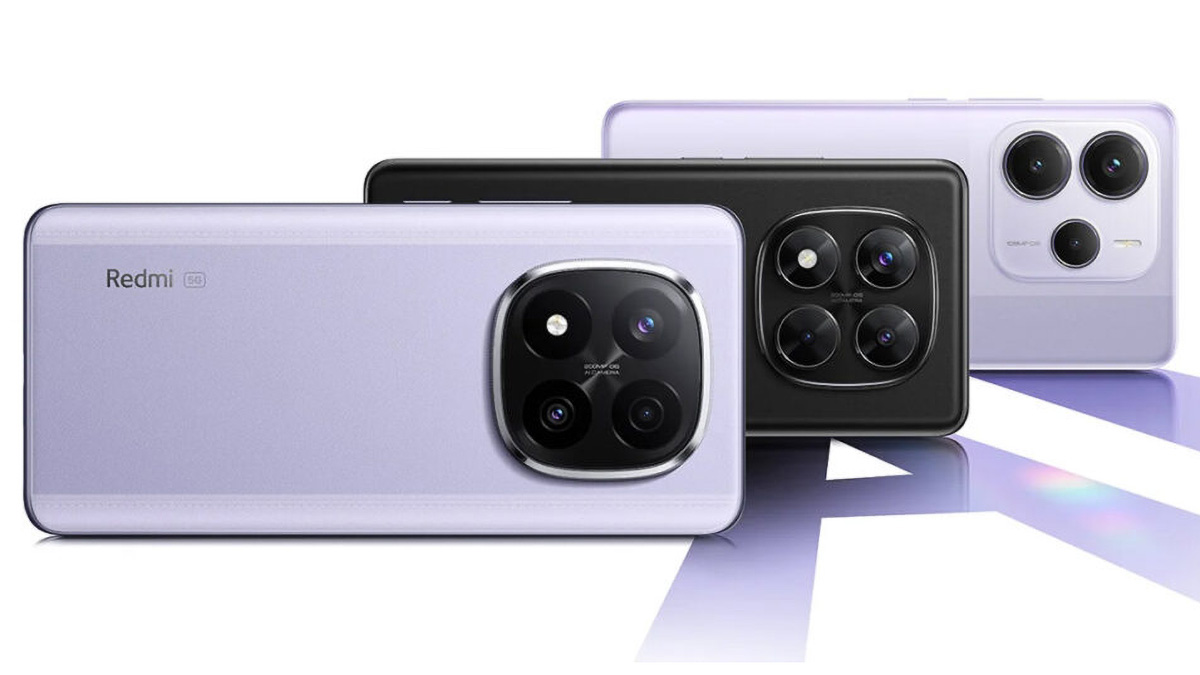
You won’t miss out on connectivity with either. Both phones support a wide range of 5G sub-6 bands, strong 4G coverage, and advanced LTE features like Carrier Aggregation.
Redmi offers slightly more band support, especially in fringe cases like band n48. Samsung supports eSIM, which can be more flexible for switching carriers or using international data plans without fiddling with physical cards.
If you’re traveling a lot or rely on dual-line setups, the Galaxy A56 has the edge here.
Wrap-up: Samsung Galaxy A56 5G walks away with it
We wanted this to be a close call—and it was. But after spending real time with both, the differences start adding up.
The Samsung Galaxy A56 5G wins on build quality, expandable storage, faster memory, better video recording, and longer software support. It’s a device that’s clearly thinking about the next few years, not just today. The display is bright, the performance is steady, and it handles real life like a phone that costs more than it does.
Redmi’s Note 14 5G holds its ground with great screen brightness, a headphone jack, and a high-res camera that shoots lovely stills. It’s lighter in the hand and may appeal more to casual users or fans of feature-rich, customizable UIs.
But if you’re choosing a phone to live with, one that won’t feel dated six months from now, the Galaxy A56 5G just feels more complete. The kind of phone you don’t have to second-guess, even if a new trend pops up tomorrow.
Unless you really need that headphone jack. Then, well, we get it.

